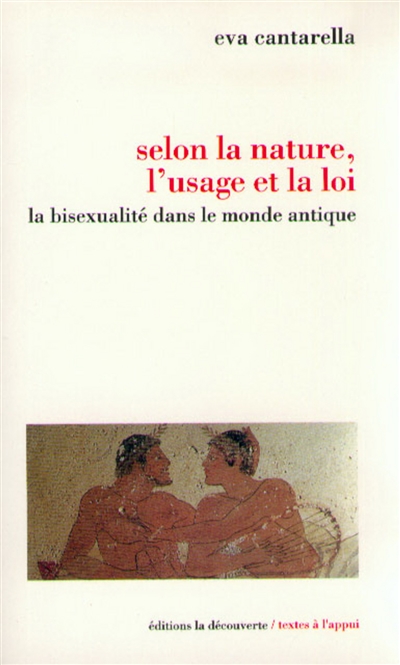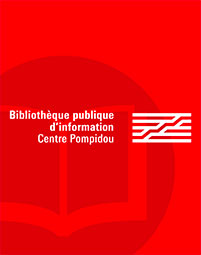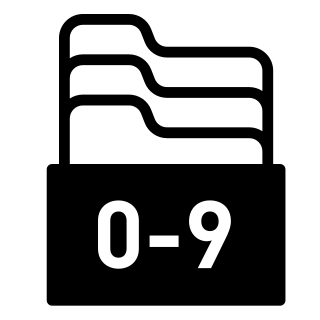par Ambrosini Massari, Anna Maria ; Delpriori, Alessandro
Silvana editoriale
2017 -
-
Disponible - 704.548 AMB
Niveau 3 - Arts
Résumé : L'evenienza della messa in sicurezza del patrimonio artistico del santuario delle Vergini a Macerata dopo le ripetute crisi sismiche degli scorsi anni, offre l'occasione per presentare i dipinti dello straordinario corredo della chiesa - uno degli esempi più belli di complesso decorativo "sistino", e di indagare l'evoluzione artistica nelle Marche alla fine del XVI secolo. Un panorama vivacissimo manifesta l'affiorare inquieto delle nuove tendenze naturaliste, nel profondo cambiamento veicolato nelle Marche specialmente dalla poetica degli affetti di Federico Barocci ma che comprende anche esiti delle novità caravaggesche. Dalla 'Maniera' alla 'Natura', in pittura e scultura.0Sono presenti opere, approfondimenti e novità di alcuni protagonisti tra cui Barocci, Taddeo e Federico Zuccari, Girolamo Muziano, Federico Brandani, Andrea Lilli, Simone De Magistris, Giovanni Baglione.0Il volume è completato da una sezione che propone un'ampia selezione dei cicli decorativi di epoca sistina diffusi nel territorio e nelle Marche, che danno una precisa e folgorante idea della ricchezza del patrimonio, individuando, altresì, una serie di incomparabili itinerari storico-artistici nei luoghi più suggestivi della regione--éd.

 Les bibliothèques de la ville de Paris
Les bibliothèques de la ville de Paris
 Les bibliothèques universitaires
Les bibliothèques universitaires
 La BnF
La BnF
 L'encyclopédie Wikipédia
L'encyclopédie Wikipédia
 L'Encyclopædia Universalis
L'Encyclopædia Universalis
 La bibliothèque du film
La bibliothèque du film
 La médiathèque de la Philharmonie de Paris
La médiathèque de la Philharmonie de Paris









![Charles Darwin's natural selection being the second part of his big species book written from 1856 to 1858 [eighteen fifty six to eighteen fifty eight]](/imported_images/livre/couverture/0-521-20163-2.jpg)

![Tony Cragg : second nature : [Ausstellung, 14.2.2009-3.5.2009, Staatliche Kunsthalle Karlsruhe ; und 27.6.2009-4.10.2009, Museum der Moderne Mönchsberg, Salzburg] Ed. ; with contributions by Kirsten Claudia Voigt, Jon Wood, Christa Lichtenstern](/imported_images/livre/couverture/978-3-8321-9165-8.jpg)


